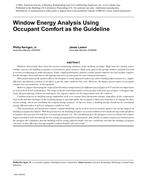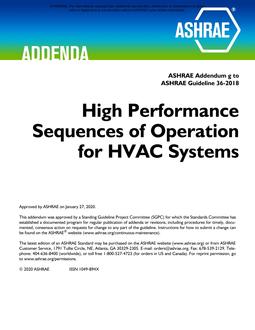Since 1994, one building energy software tool (IES-VE)began the 25-year journey to introduce an integrated analyticalsoftware, which would be used for building design and worldwide building energy code-compliance; and at its core, focus on the reduction of carbon emissions from buildings. Unlike some parallel developments in the United States, the core of this European-based software tool was an IntegratedData Model, before 3-D BIM was really known to the AEC industry. The primary focus, however, was on passivedesign strategies (e.g. natural ventilation, passive solar heating, and daylight harvesting) and modeling of low-to-zerobuilding energy design technologies (e.g. radiant heating and cooling, displacement ventilation, CHP and renewable energytechnologies).
While mainstream commercial US-based load/energy calculation tools were primarily created for the selection ofmechanical equipment by the same manufacturers of said equipment, the European-based load/energy calculation tools were creating tools of a similar theme because of the European Performance of Buildings Directive (EPBD) which had mandated the reduction of Carbon Emissions of Building fromits EU-member States, within each national building code1. Decades later, and in hindsight, we’re now all trying to accomplishthe same building energy modeling solutions, but have evolved from different perspectives.
The core energy simulation engine for this commercialvendor originated from the engineering firm owned by OscarFaber (1886-1956) which evolved into a leading GlobalDesign Consulting Engineering Firm (AECOM)2. Faber’senergy simulation engine (FACET) was rebranded APACHE(APplication for Air-Conditioning and Heating Engineers) in1996 when it was acquired by the European-based softwaredeveloper, Integrated Environmental Solutions (IES) Limited3.Fast-forward 25 years and the same design tool is using its subhourlysimulation engine to reduce carbon emissions in over130 countries on an ongoing basis.
Citation: 2020 Winter Conference, Orlando, FL Technical Papers
Product Details
- Published:
- 2020
- Number of Pages:
- 9
- Units of Measure:
- Dual
- File Size:
- 1 file , 11 MB
- Product Code(s):
- D-OR-20-007


